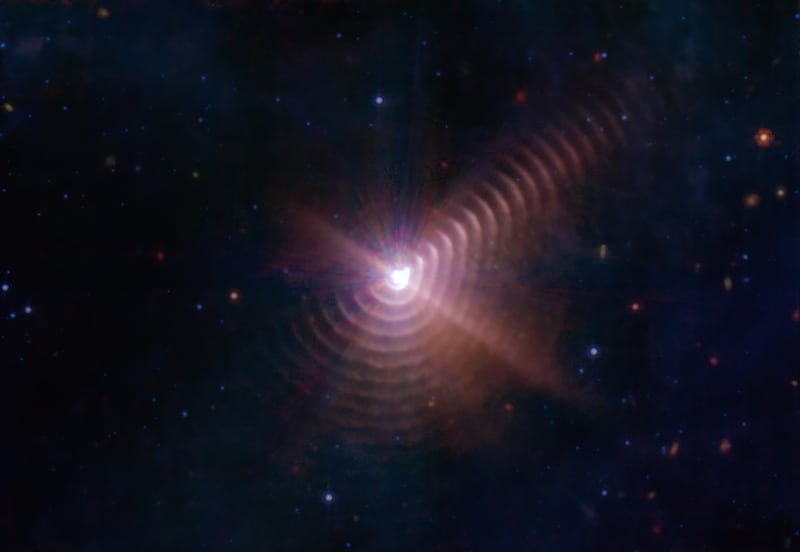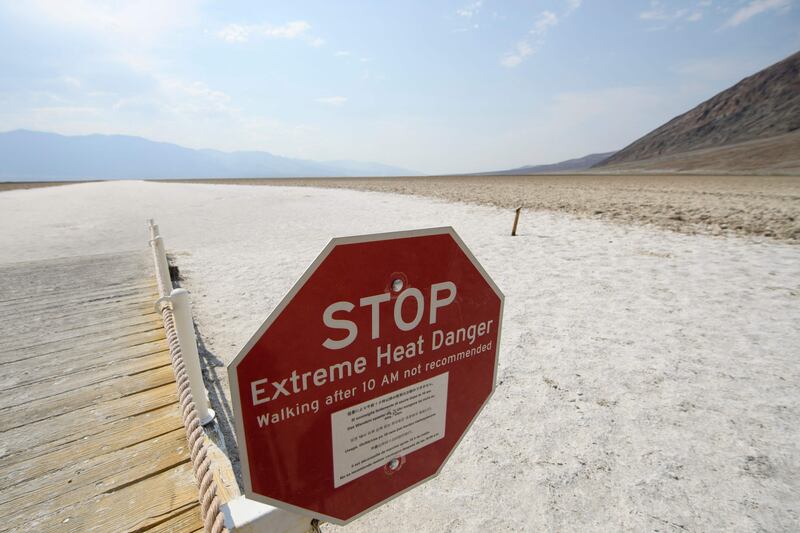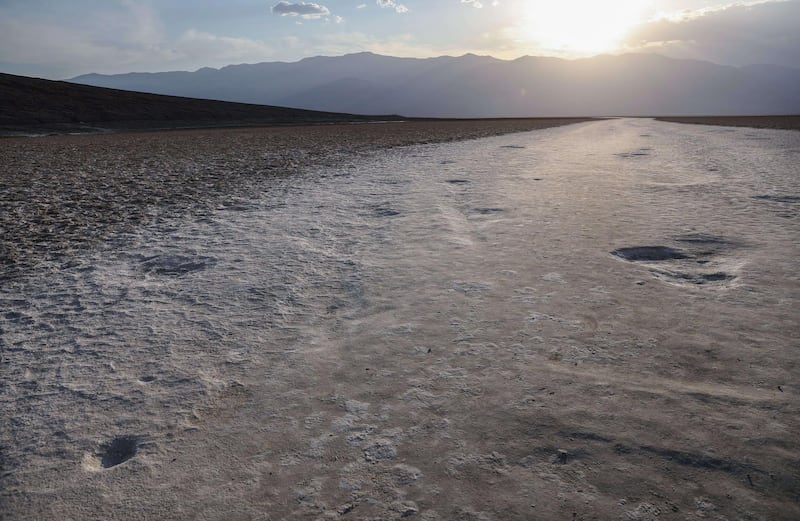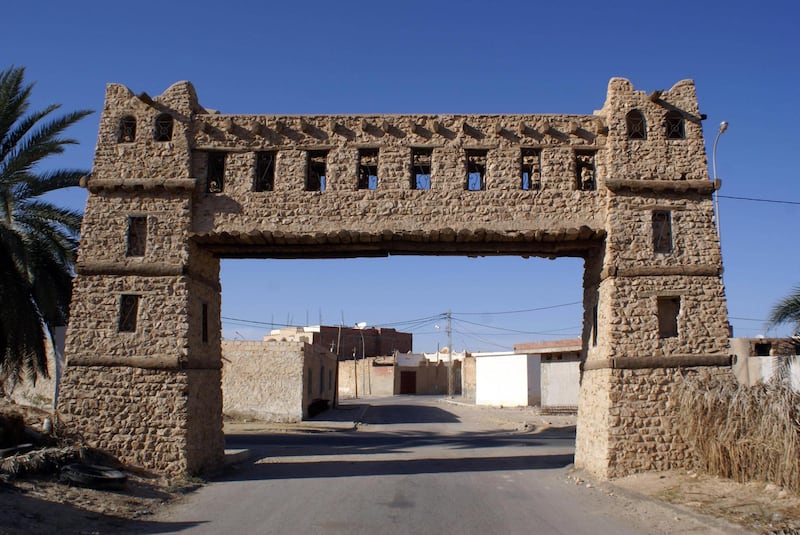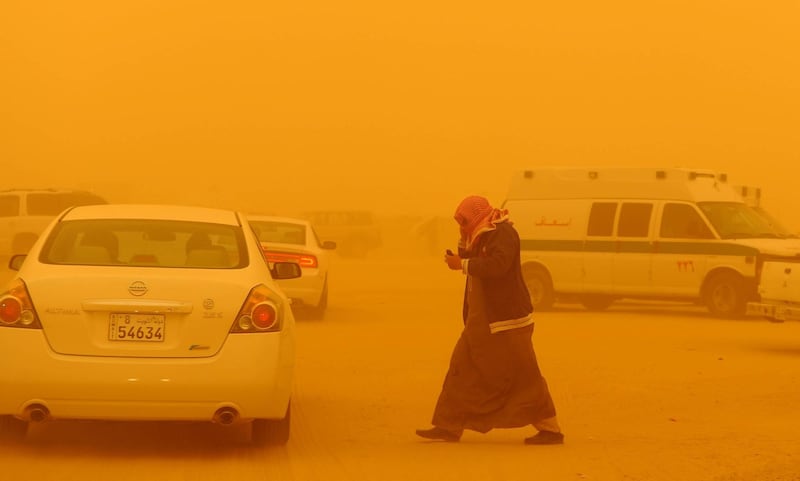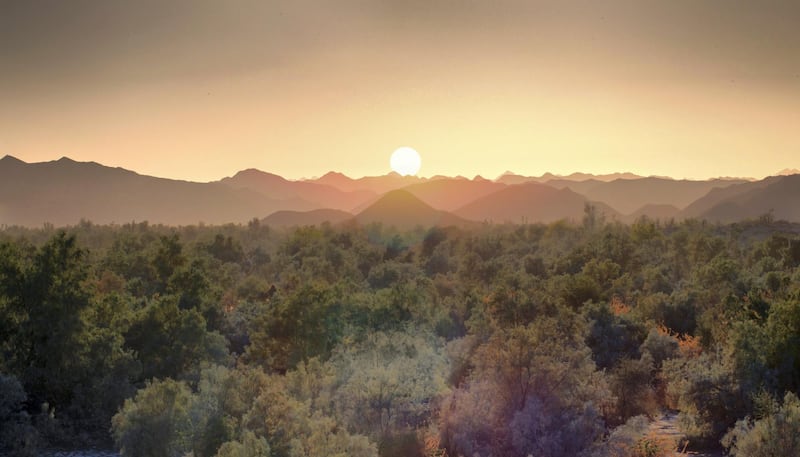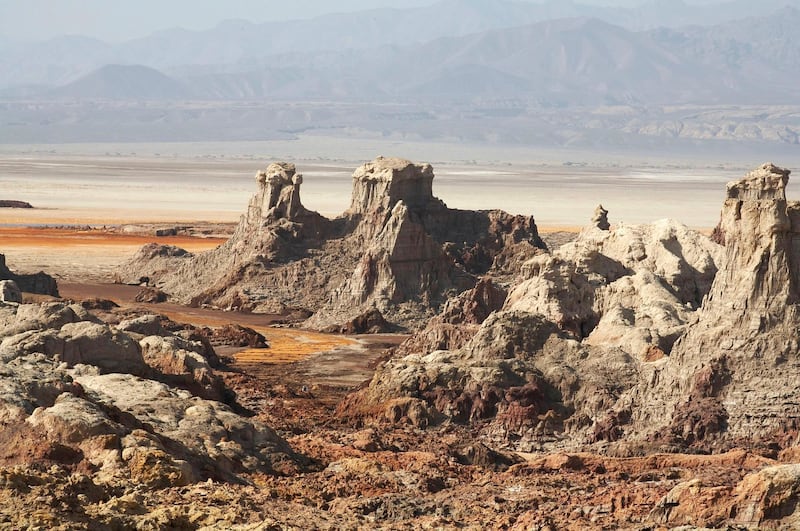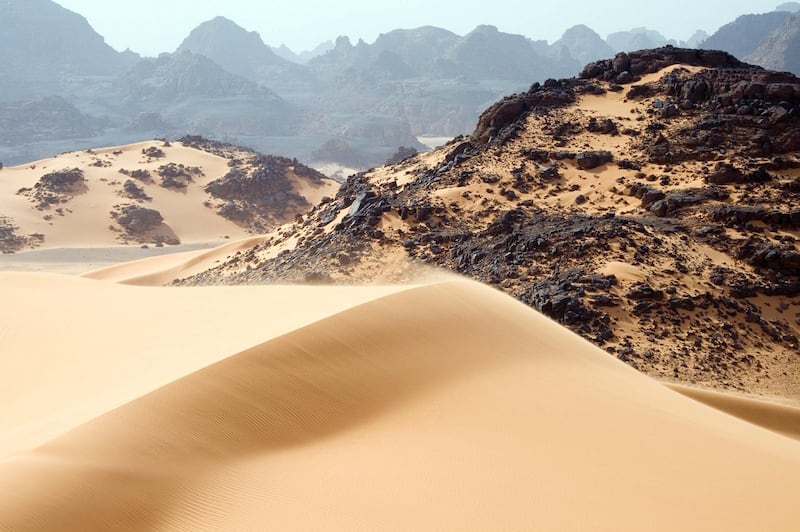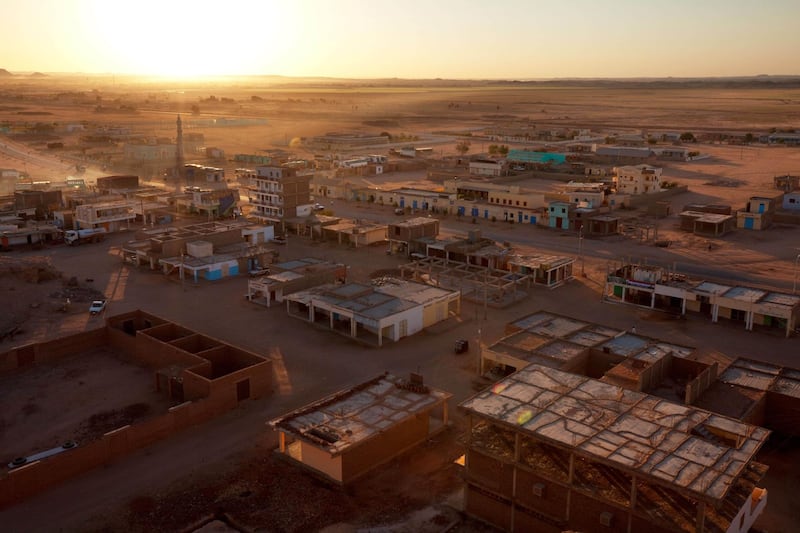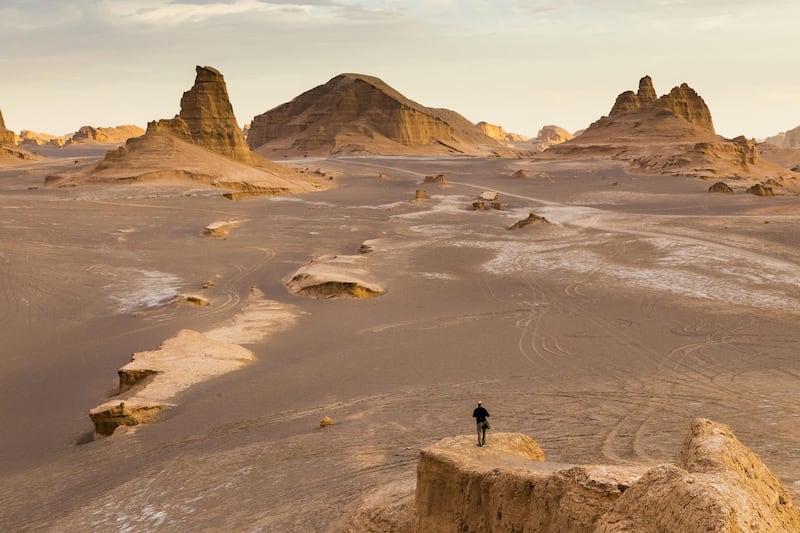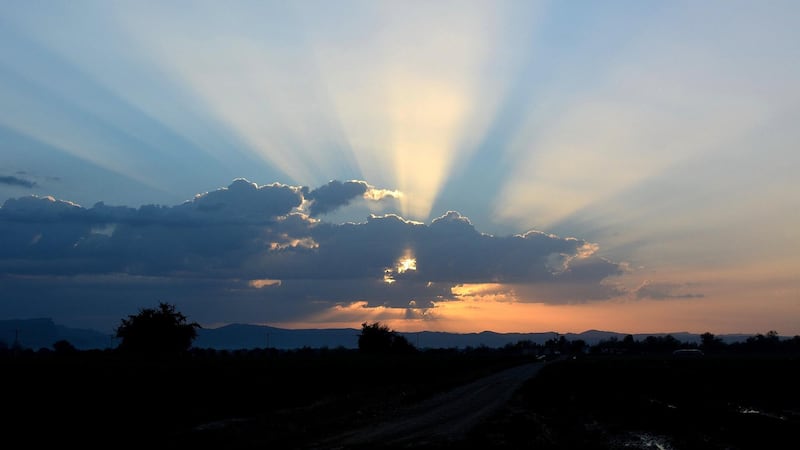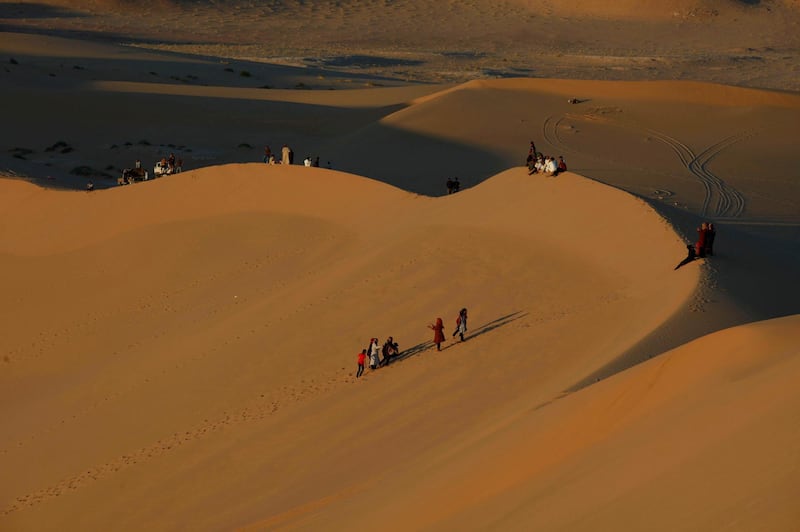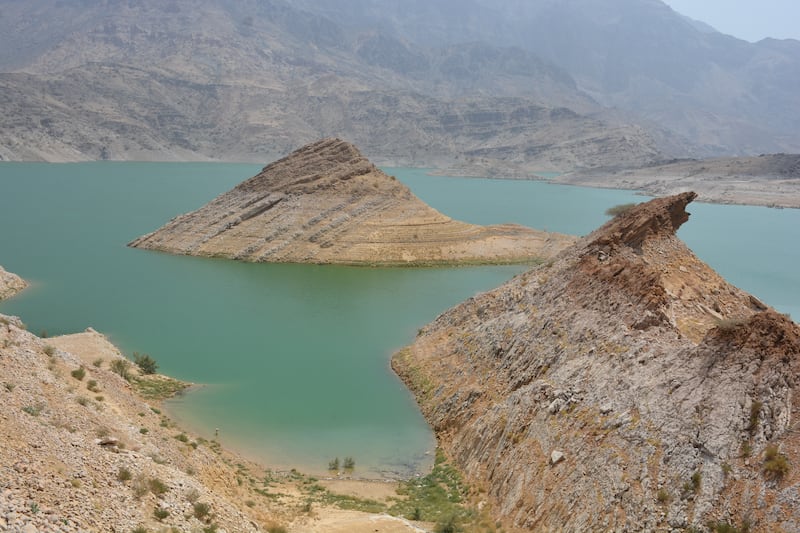As the world struggles to limit greenhouse gas emissions, scientists in the US are exploring the possibility that warming could be reduced if dust were used to block some of the Sun’s rays.
Designed to stop between one and two per cent of the Sun’s radiation, the approach is most feasible with moon dust, said a study in the journal PLOS Climate.
Researchers at the Centre for Astrophysics – Harvard and Smithsonian and the University of Utah suggest that launching dust from Earth would not be the favoured approach because of the huge cost and effort.
Using moon dust would be less expensive and would still be able to shield against enough of the Sun’s rays for the technique to work.
"It is amazing to contemplate how moon dust, which took over four billion years to generate, might help slow the rise in the Earth’s temperature, a problem that took us less than 300 years to produce,” said Dr Scott Kenyon of the Centre for Astrophysics.
In carrying out their research, the scientists used techniques they usually employ to analyse how dust that forms rings around stars during planet formation intercepts and re-radiates light from the star.
Their idea is that a small amount of material in an orbit between the Earth and the Sun could, when broken up, block out a relatively large quantity of sunlight.
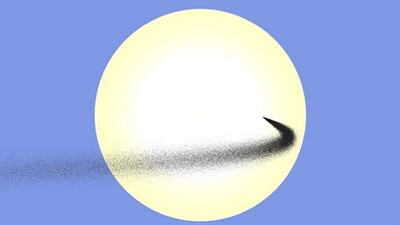
A priority was identifying orbits that could hold the dust in position long enough for it to provide adequate shading.
"Because we know the positions and masses of the major celestial bodies in our solar system, we can simply use the laws of gravity to track the position of a simulated sunshield over time for several different orbits," said Sameer Khan, a University of Utah undergraduate and co-author of the study.
Key to this are Lagrange points, defined by Nasa as "positions in space where objects sent there tend to stay put" because gravitational forces are balanced.
The closest point between the Earth and the Sun where this is the case is the L1 Lagrange point.
A new space station platform?
One idea considered was to place a space station platform at the L1 Lagrange point and launch dust from it.
Simulations found that while the dust would provide temporary shading, it would easily be blown off course by solar winds, radiation and gravity, so dust would have to be launched every few days.
“It was rather difficult to get the shield to stay at L1 long enough to cast a meaningful shadow," Mr Khan said.
"This shouldn’t come as a surprise, though, since L1 is an unstable equilibrium point.
“Even the slightest deviation in the sunshield’s orbit can cause it to rapidly drift out of place, so our simulations had to be extremely precise.”
The researchers found that if moon dust were aimed at L1, there would be effective shielding of sunlight.
Large amounts of lunar dust would be required, but less energy would be needed to launch it, compared to sending dust from Earth.
"It is astounding that the Sun, Earth and Moon are in just the right configuration to enable this kind of climate mitigation strategy," Dr Kenyon said.
Because dust particles are dispersed throughout the solar system by solar radiation, any sunshield would be temporary and dust particles would not fall to Earth, so there is no risk of our planet becoming permanently cold, the scientists say.
The researchers acknowledged that they were not specialists in climate change or in the types of rocket that might be needed to carry out the methods, but they said potentially useful approaches were worth analysing.
Bob Ward, from the Grantham Research Institute on Climate Change and the Environment, part of the London School of Economics, said solar radiation management "might be something we will have to consider".
"Particularly as it’s beginning to look increasingly unlikely we’ll limit temperature increases to below 1.5°C" above pre-industrial levels, said Mr Ward, who is not connected with the new study.
There would likely be knock-on effects from using dust, he said, including potential alterations in plant growth because less solar radiation reaches Earth.
He warned that intercepting a portion of the Sun’s rays, even if it altered temperatures, would not deal with some consequences of increased carbon dioxide levels in the atmosphere, such as ocean acidification.
But the problems of using dust may not necessarily be insurmountable, with Mr Ward saying that the approach could be considered a "Plan B" to the "more straightforward solution of stopping greenhouse gases in the first place".
